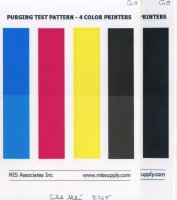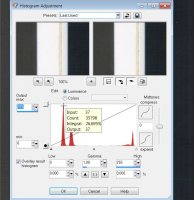- Thread starter
- #11
- Joined
- Dec 27, 2014
- Messages
- 6,326
- Reaction score
- 7,540
- Points
- 373
- Location
- Germany
- Printer Model
- L805, WF2010, ET8550, T3100X
I had my experience with Canon printers starting last millenium - like S7000 - I565/550/865, IP4000/5000 and the last one the IP4200, they all failed with B200 and alike errors, I still remember all the Canon codes for the final exit, print quality was between good and excellent but the frequent failures let me switch to Epson printers. They have their own falladies but not catastrophic break downs.



